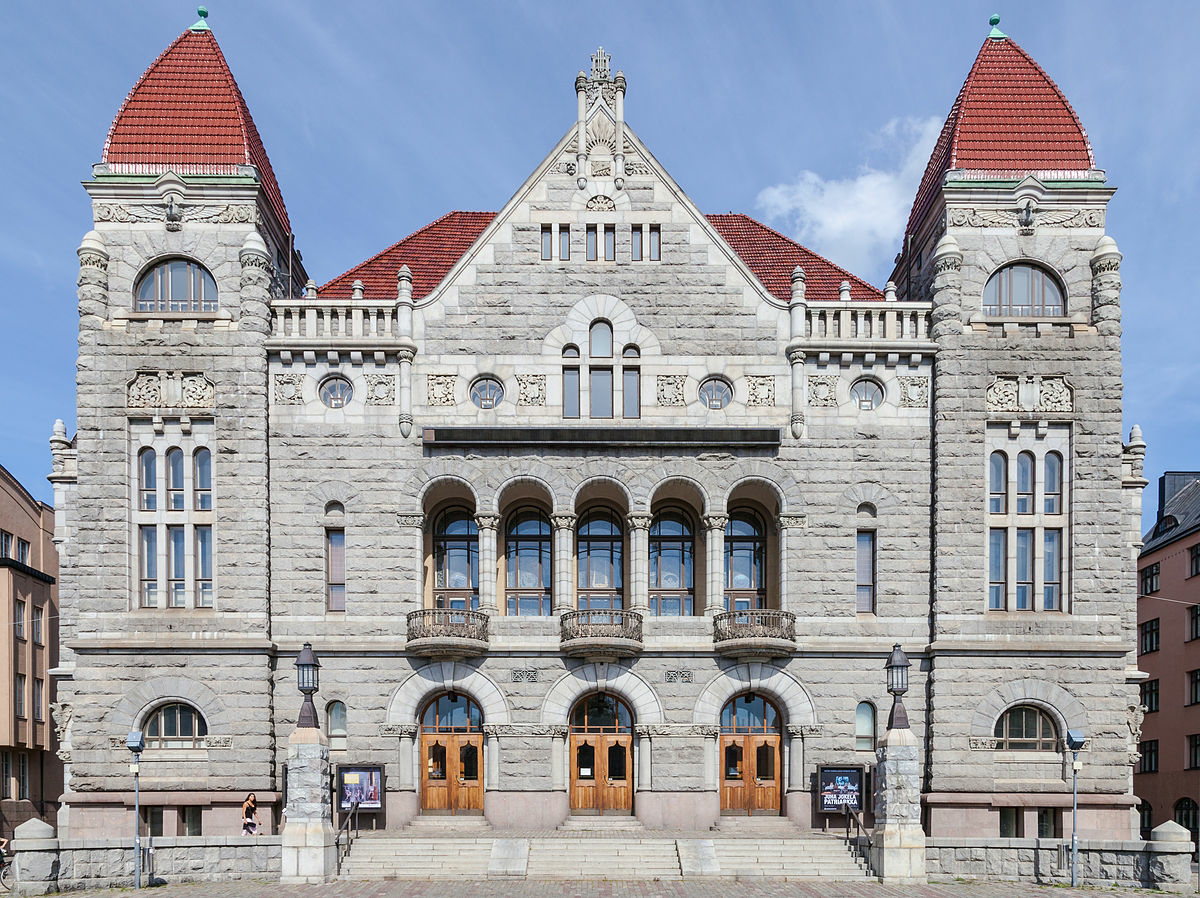RUSSIA - The Way Russian Soldiers are Treated
The full-scale war in Ukraine began on February 24, 2022, and has since stretched on for more than three years. It has been brutal — and, tragically, only more intense over time. In Ukraine, defenders are widely respected as heroes: men and women who sacrifice their lives and time with family to protect their country’s freedom and safety. No armed force is without flaws, but by and large Ukrainian fighters are supported by their units and by a society that does everything possible to care for the wounded and honour the fallen.
Russia’s treatment of its troops, by contrast, has often been harsh and inhumane. Reports of beatings, torture and summary executions paint a picture far removed from the respect and support shown to Ukrainian defenders.
My aim in this post is not to ask for pity for individual Russian soldiers, but to issue a blunt warning to any Russian man considering service in this war: the pay the Kremlin offers does not justify what you will face. For the sake of your life and your family, think twice — you may be headed to a place far worse than you imagine.
FORCEFUL RECRUITMENTS AND MOBILISATION
In the autumn of 2022, Russia initiated a partial mobilization, calling up to 250,000 men to bolster its military efforts in Ukraine. This move came after Ukraine's highly effective Kharkiv offensive, which significantly shifted the momentum on the battlefield. However, the announcement of mobilization had a ripple effect across Russian society. Many men, fearing forced conscription and the grim prospects of being sent to the frontlines, fled the country in droves. Destinations like Kazakhstan, Georgia, and other neighboring countries saw a surge of Russian émigrés, seeking to avoid military service and escape the uncertainty of the war.
As the mobilization unfolded, the Russian government faced growing internal unrest. Protests erupted in several cities, and reports of men hiding or attempting to flee the country raised questions about the effectiveness and morale of the Russian military. This mass exodus was not just a personal decision for many but also a reflection of widespread discontent with the war and its perceived lack of clear objectives. For those who remained, life under the shadow of mobilization became a tense balancing act between loyalty to the state and the realities of the ongoing conflict.
Three years later, the mobilization has not stopped. Russia continues to suffer heavy losses, with an estimated death and injury rate of around 1,000 soldiers per day. To maintain its current troop levels, the country must recruit between 25,000 and 30,000 men each month. Alongside the ongoing mobilization, reports of forced recruitment have become increasingly common.
These so-called “volunteers” are often men accused of petty crimes or burdened with unpaid debts, who are given a grim choice: serve in Ukraine or face a lengthy prison sentence. At the same time, promises of large payouts and generous salaries still lure some impoverished men to enlist, hoping the money will secure a better future for their families despite the risk. Whatever the motivation, recruitment in Russia today is driven less by patriotism than by desperation and coercion—a stark contrast to the resolve and purpose of Ukraine’s defenders.
PERPETUAL DEDOVSHCHINA
A while back on this blog, I discussed dedovshchina, a brutal tradition of hazing and abuse that Russian conscripts endure. The term, used in Russia and other former Soviet states, refers to the systematic mistreatment of new recruits by older soldiers within the military hierarchy.
Dedovshchina arises from a rigid, informal system in which senior soldiers, known as dedy or “grandfathers,” dominate and exploit newcomers through violence, humiliation, and forced labor. Although officially condemned and the target of periodic reforms, it remains deeply entrenched in the culture and institutions of post-Soviet armed forces.
The grim reality for Russian troops in Ukraine is that dedovshchina doesn’t end with conscription—it continues on the battlefield. Soldiers face beatings, torture, sexual assault, humiliation, and even execution at the hands of their own comrades and commanding officers.
All of this unfolds atop the already hellish conditions of the Ukrainian front, compounding the suffering of those trapped within Russia’s broken military system.
THE RATE OF DESERTIONS AND FORCEFUL EXECUTIONS
The desertion rate in the Russian army is estimated to be as high as 10%, based on some reports from the battlefield in Ukraine. Some soldiers try to flee, hoping to return to Russia to start over with a new identity and a chance at a peaceful life. But escape is extremely difficult, and those who are caught often face severe punishment, including torture or execution.
Executions and harsh reprisals have also been reported for soldiers who refuse orders or attempt to retreat. On the battlefield, there is little room for hesitation—those who fall back risk being shot. Many Russian troops face serious shortages of equipment and ammunition, and some are sent into combat with minimal gear or without proper protective equipment. Wounded soldiers are often left without medical evacuation or support, adding to the already grim conditions faced by Russian forces in Ukraine.
CONCLUSION
The Russian military is trapped in its own brutality. From dedovshchina to executions and the abandonment of the wounded, fear and violence define the system. On the battlefield, soldiers face more danger from their own commanders than from the enemy.
No one should volunteer for this war. It is not heroic—it is an invasion that leads only to suffering, humiliation, and death. There is no honor in dying for a lie.




Comments
Post a Comment